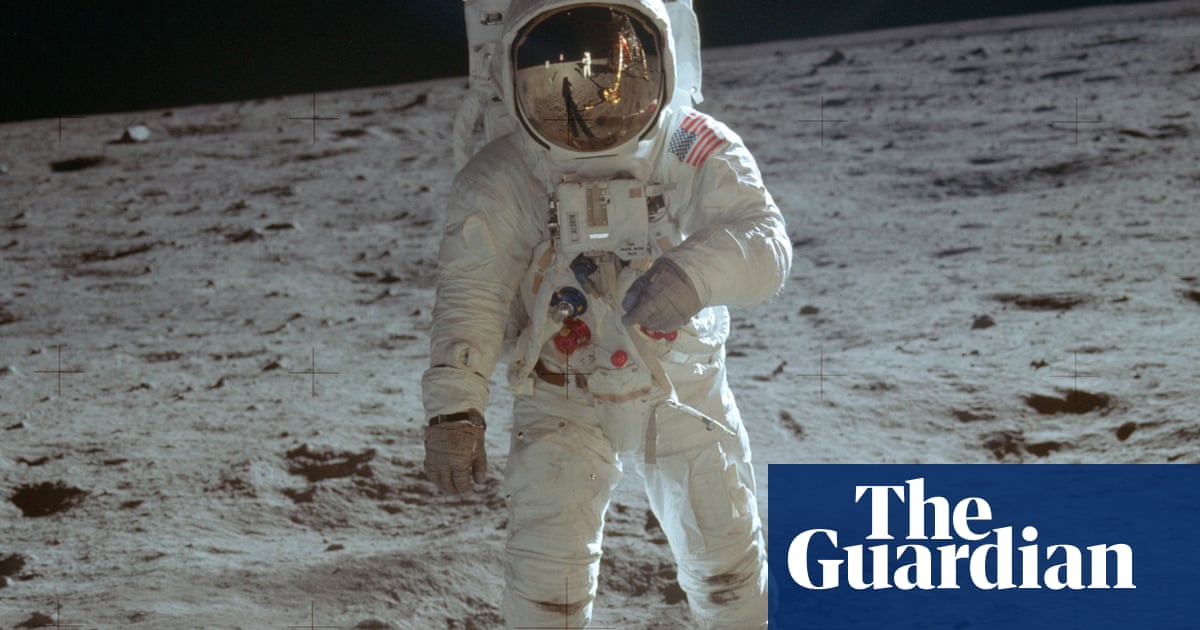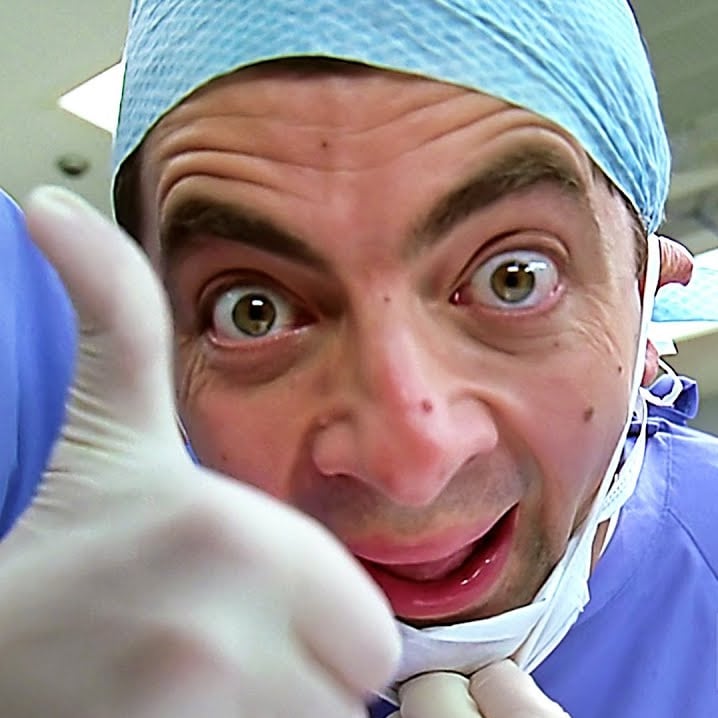- cross-posted to:
- [email protected]
- cross-posted to:
- [email protected]
What’s the one paragraph TLDR? I fucking hate clickbait headlines.
One word tldr:
Budget.
This is the best summary I could come up with:
The success prompted a “Yee-haw!” from Tory Bruno, the chief executive of United Launch Alliance, which built the rocket: this was the Vulcan’s maiden flight, after all.
One fundamental challenge, says Jan Wörner, a former director general of the European Space Agency (Esa), is weight.
“Usually you ignite them and they provide a steady state thrust,” says Nico Dettmann, Esa’s lunar exploration group leader.
Tests can check whether power and propulsion, navigation, communications and instruments work, and spacecraft are shaken to ensure they can endure the intense vibrations of launch, but there is no good way to simulate a moon landing.
Under its new Commercial Lunar Payload Services (CLPS) scheme, however, the agency is looking to slash costs and stimulate the US space industry by paying private companies, such as Astrobotic and the Houston-based Intuitive Machines, to deliver its instruments to the moon.
And comparatively, they are doing these missions on pocket change,” says Dr Joshua Rasera, a research associate at Imperial College London.
The original article contains 793 words, the summary contains 164 words. Saved 79%. I’m a bot and I’m open source!
Because Stanley Kubrick is dead.





